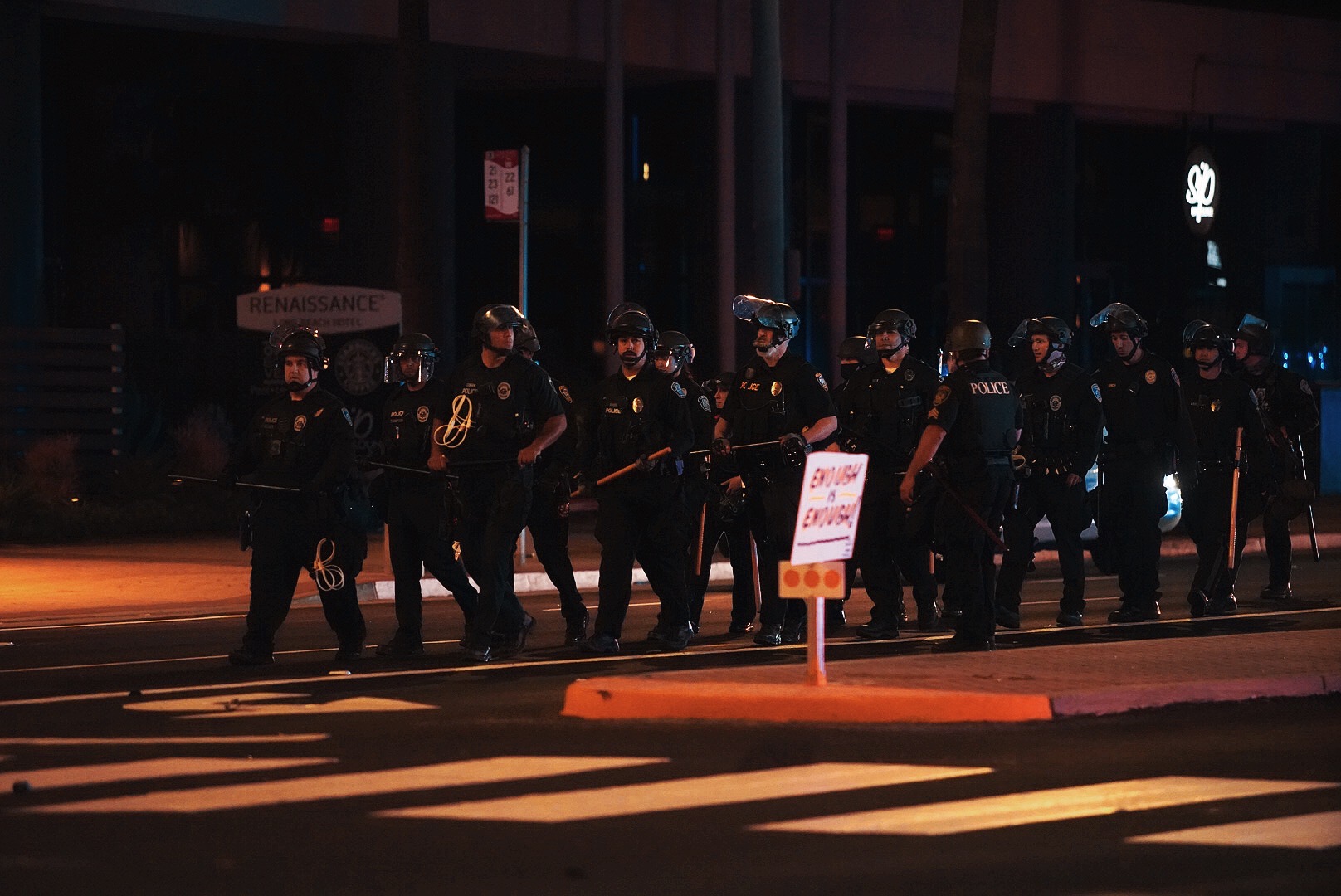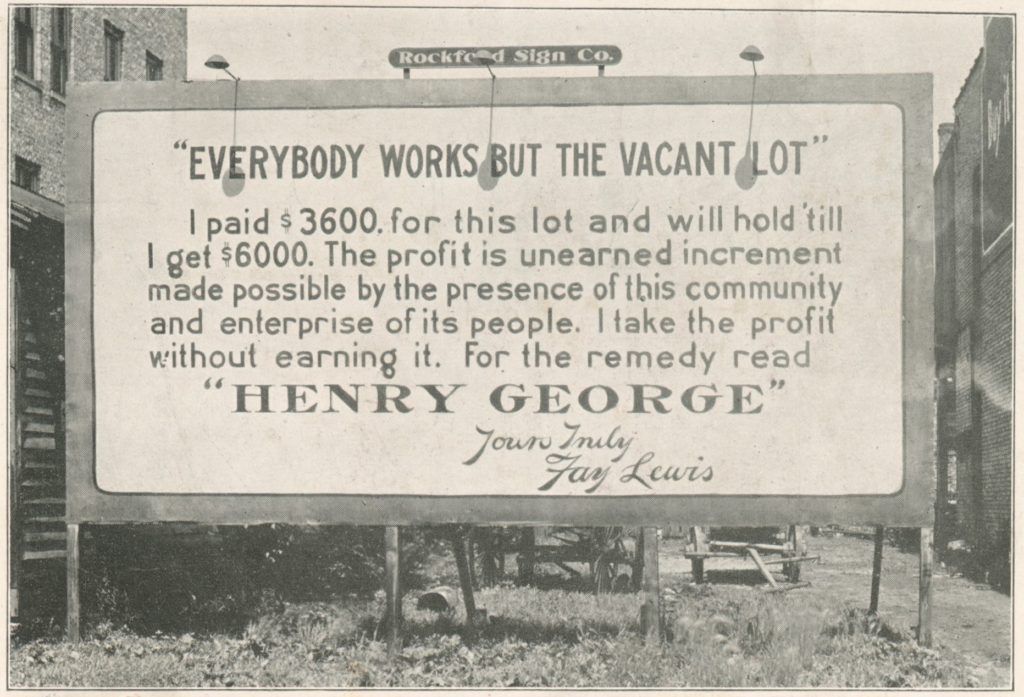The Financial Cost of Police Violence in Long Beach
13 minute readThe Long Beach Police Department almost never fires officers involved in killing or injuring civilians, even after a civil jury finds that the officers in question violated a person’s rights, according to a FORTHE Media analysis of court documents and city payroll data. Meanwhile, some of these same officers go on to receive promotions and bumps in their paycheck.
In May, Long Beach City Attorney Charles Parkin reported that the city has spent more than $31 million since 2014 to settle 61 excessive force and wrongful death lawsuits against the police department. That’s more than Baltimore, Minneapolis, Denver, and Oakland have paid out for police-related claims during the same period, all cities that have populations similar to or larger than Long Beach.
Yet the report left out far more than it revealed. For starters, it failed to name the officers involved in the violence that led to the lawsuits. By withholding this information, the City Attorney omitted facts of vital importance to Long Beach residents and decision makers, including the names of officers involved in multiple violent acts and the extent to which police officers whose violence cost the city millions of dollars have remained on the police force, been promoted up the ranks, and have even been honored with commendations.
We compiled this information by reviewing more than two dozen cases of police violence, including every case reported by the City Attorney to have resulted in a payout by the city greater than $100,000, as well as three cases involving civilian deaths related to police encounters for which there is no reported settlement or jury verdict.
We used court documents to identify involved officers and the individuals they killed or injured and City of Long Beach payroll data available at Transparent California to obtain officer pay and promotion information.
We reviewed the payroll history of 65 officers who were either named as defendants in civil lawsuits settled out of court, found culpable by a jury of violating a person’s civil rights, or identified in reports from the Los Angeles County District Attorney on officer-involved deaths. At least 61 remained on the city payroll in the year following the incident. At least 47 were still employed by the LBPD as of last year.
The violent police interactions involving these officers occurred between 2007 and 2018.
Most of the civil court cases included in our analysis were settled out of court, which Deputy City Attorney Howard Russell notes can happen for a variety of reasons and are not necessarily admissions of wrongdoing. Oftentimes, he says, the decision to settle, from the city’s standpoint, is a financial calculation based on the facts of the case and outcomes of similar cases, as well as a desire to avoid the trial process.
“If we think we’re going to be found liable, and we can resolve a case early, not only does it provide some closure to the plaintiffs, right, it provides closure to our officers,” he said.
In some of the cases we reviewed, however, the city only settled after a jury had ruled that an officer’s use of force had violated a plaintiff’s rights. These are known as post-trial settlements and often come about when city attorneys believe they have a case for an appeal and use that leverage to reach a settlement with the plaintiff that is lower than the jury judgement.
Our review of Parkin’s list included nine cases closed between 2014 and 2019 in which police killed a civilian. Court records identify 28 officers involved in those cases. All 28 were still on Long Beach city payroll the year after the killing and most were still on payroll as of 2019.
Among the officers involved in the cases we reviewed, we identified only one who was fired for using excessive force. That case dates back to 2013, during Police Chief Jim McDonnell’s tenure. It involved Officer John Gibbs, who was caught on camera stepping on the back of a marijuana dispensary employee—a young Black man named Dorian Brooks—during a raid of the business.
Our review of court records and public statements from Long Beach officials found no instance, apart from the Gibbs case, in which police or elected officials acknowledged that an officer had acted improperly in the cases we looked at.
It has been previously reported that officers are virtually never disciplined after police shootings.
We also found that the police department and its affiliate organizations often honor and reward officers involved in wrongful deaths and excessive force cases, which have cost taxpayers millions of dollars collectively. Public records show that officers involved in the city’s costliest cases of official violence have been showered with high pay, promotions, and awards.
The 47 officers involved in the cases we reviewed who were still on the city’s payroll last year, enjoyed average pay and benefits of over $190,000, roughly $21,000 higher than the average for all officers.
The Long Beach Police Officers Association did not respond to a request for comment before press time.
More than one-third of the officers involved in the cases we reviewed, 23 out of 65, have been honored by our city’s mayors and police chiefs at an annual ceremony sponsored by the Long Beach Police Foundation.
In the years since their violent incidents, LBPD has promoted 12 of the officers named in civil lawsuits to the rank of sergeant or lieutenant. Among those awarded promotions were officers involved in the killings of Lionel Gibson, John Del Real, Michael Gegeny, and Jason Conscenti.
The LBPD did not respond by press time to questions about whether being named in a civil lawsuits is a factor when deciding to promote an officer.
Notably, Police Chief Robert Luna was named as a defendant alongside his officers in three of the cases we reviewed, which together cost the city $5.8 million. Police executives are included as defendants in police misconduct complaints when plaintiff’s counsel argue that systemic problems within a law enforcement agency had some bearing on the violence. Luna was also recently added as a defendant in an ongoing suit alleging that LBPD officers racially profiled two Metro Blue Line riders.
Attorney Thomas Beck, who has litigated against the LBPD over a dozen times in his 40-year career—from the infamous Don Jackson case in 1989 to an excessive force case that resulted in a $1.6 million payout in 2017—says the department is in dire need of an intervention.
“I’ve practiced this law from San Luis Obispo all the way to the Mexican border. And the one place that’s in the greatest need for real overhaul—like when the federal government took over LAPD during the Bush and Obama administrations—Long Beach is in such need of that kind of oversight,” he said. “They truly are the worst.”
When the police department does receive oversight from higher up the totem pole—in the form of investigations by LA County District Attorney Jackie Lacey office—it virtually never results in consequences.
While the city has spent $4.9 million settling suits related to the killings of Jason Conoscenti, Juan Avila, and Lionel Gibson, according to the city attorney’s data, the DA has cleared officers of criminal liability in all three cases.
While civil jurors determine if an officer is liable for violating a person’s rights, the DA determines whether an officer’s actions were criminal.
Tomisin Oluwole
Fragmented Reflection I, 2021
Acrylic on canvas panel
24 x 30 inches
Click here to check out our interview with Tomisin Oluwole, a literary and visual artist based in Long Beach.

Instead of gunking up our site with ads, we use this space to display and promote the work of local artists.
Below is a searchable database created from 24 closed civil rights lawsuits against the LBPD that we reviewed for this piece.
DISCLAIMER: This database of civil police misconduct claims does not purport to summarize the entire legal proceeding. Defendants typically deny the allegations in a complaint, and a settlement or judgment is not an indication that every allegation is true. This database does not reflect the additional, non-Long Beach police officer defendants who may have been named in the case or the specific claims that remained at the end of each case.
And the financial burden police violence imposes on Long Beach residents goes beyond the costs Parkin’s report revealed. His report says nothing about the cost of “excess insurance” the police department carries to help pay settlement costs, little about salaries paid to the city attorneys and staff who’ve devoted years of work to fighting victims and survivors in court, and nothing about the generous salaries taxpayers continue to pay to police who’ve killed or injured their neighbors.
On that last point, our research provides a partial answer. Our review of publicly available payroll data shows that, in the years after a civilian suffered injury or death during a police encounter, the city paid more than $52 million in salaries and benefits to the 65 officers involved.
REPEAT DEFENDANT
A handful of costly officers have been named in more than one police misconduct lawsuit in which the city has had to shell out funds in recent years.
One particular officer, Salvador Alatorre, was named in three lawsuits in seven years, which cost the city $2.5 million combined. Two of those cases were settled out of court. In the third case, a jury found Alatorre had used excessive force when he tased Perry Grays three times after being asked for his badge number during a noise complaint call.
Alatorre was recently named in a fourth civil rights lawsuit in which he is accused of knocking out Jose Encinas with his Maglite after a short foot pursuit. Alatorre allegedly continued to bash Encinas with his flashlight while he lay unconscious on the ground. The encounter left Encinas in an intensive care unit with a brain bleed, according to court documents.
Alatorre countered that he believed Encinas had a gun because he had tossed one away while he was fleeing.
Former Long Beach Police Association President Lt. Jim Foster told the Long Beach Post that Alatorre was often put in situations where he had to use force as part of a “special detail specifically assigned to locate and arrest some of the most dangerous suspects in the city.”
The LBPD said Alatorre hasn’t worked for the department since December, though it’s unclear what that means exactly.
Encinas is seeking $5 million in damages, plus he is asking the court to impose a $3 million penalty on the LBPD for failing to address officers with a history of violence.
“When police commit these acts that are causing these big settlements and are costing taxpayers, they should be held personally liable for that misconduct, for their own excessive force,” said Black Lives Matter Long Beach co-founder Dawn Modkins. “Let it come out of their pensions, not our general fund or any other taxpayer money.”
OFFICER IN WRONGFUL DEATH CASE AWARDED
Officer Jason Kirk has been directly involved in the death of two civilians, and was involved in at least one other violent incident, according to federal court documents.
In 2007, Kirk responded to a plea for help from a family member concerned about the drug-induced erratic behavior of Juan Calderon. According to a fellow officer, Calderon shouted, “don’t shoot me” and struggled when Kirk and a fellow officer tried to detain him, according to a DA report. Kirk then subdued Calderon with a “carotid hold” (a restraint the LBPD suspended the use of this year, a few months before state legislators banned it).
Calderon was taken to a hospital where he died 13 days later. The case was referred to the LA County District Attorney’s Office for review. The DA’s office misplaced the file and did not review it until 12 years later. Upon reviewing the case in 2019, they concluded that the carotid choke hold had rendered Calderon unconscious and injured his right thyroid but did not conclude that it was a factor in his death. “It cannot be proved beyond a reasonable doubt that the officers caused Calderon’s death,” the report concluded. “Therefore, no criminal liability attaches.”
In 2012, Kirk was one of the officers involved in the raid of a small marijuana dispensary in which Gibbs, a fellow officer, stomped on a man.
Then on Sept. 26, 2013, Kirk fired the fatal shots that killed John Del Real. Kirk shot five bullets, three of which struck Del Real. The fatal bullet struck Del Real in the back. The city settled the subsequent wrongful death case for $650,000.
A year later, the city honored Kirk, when the Long Beach Police Foundation (LBPF) presented him a Distinguished Service Award for his work on violent crime cases, declaring that “Officer Kirk routinely took the lead on these investigations, resulting in dozens of felony arrests and the recovery of firearms and illegal narcotics.”
Then-Mayor Bob Foster lauded Kirk and his fellow honorees for their “outstanding commitment to supporting public safety” and their “achievements and unselfish performance.” He predicted “your accomplishments will have a far-reaching impact toward your future triumphs.”
In 2016, Mayor Robert Garcia praised officers, including Kirk and his fellow Drug Investigation Section detectives, for their efforts to close illegal marijuana dispensaries.
Garcia, who has taken over half a million dollars in political donations from the police union, said that the police officers being honored “are some of the most dedicated, most professional and most courageous men and women in the nation.” He praised all the awardees for having gone above and beyond the call of duty in their service to our community.
Both Modkins and Beck both say the department lacks true oversight from lawmakers and that there’s little accountability for officers who display a pattern of bad behavior.
“If you go by any measure,” said Beck, “Any metric in terms of lawsuits, payouts, the absence of discipline, the refusal to come down on officers who have complaints, I mean, it’s amazing that no one is paying attention.”
We will continue to explore this topic, with future pieces delving into:
—Whether civil lawsuits serve as a deterrent of future police misconduct;
—How other law enforcement agencies use civil litigation data to improve their departments;
—Whether police officers can be required to cover the costs of settlements or jury verdicts against them; and
—How the city covers the expense of police misconduct payouts.


 kevin@forthe.org
kevin@forthe.org @reporterkflores
@reporterkflores




